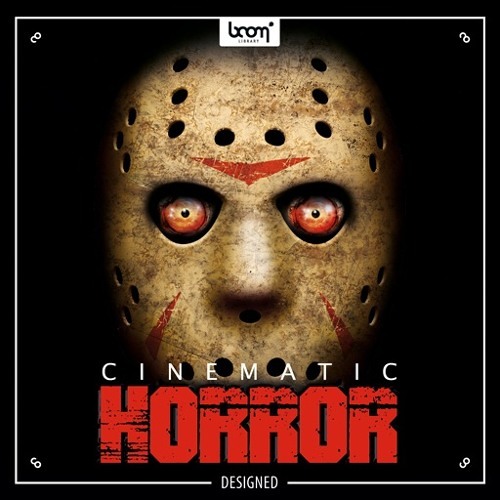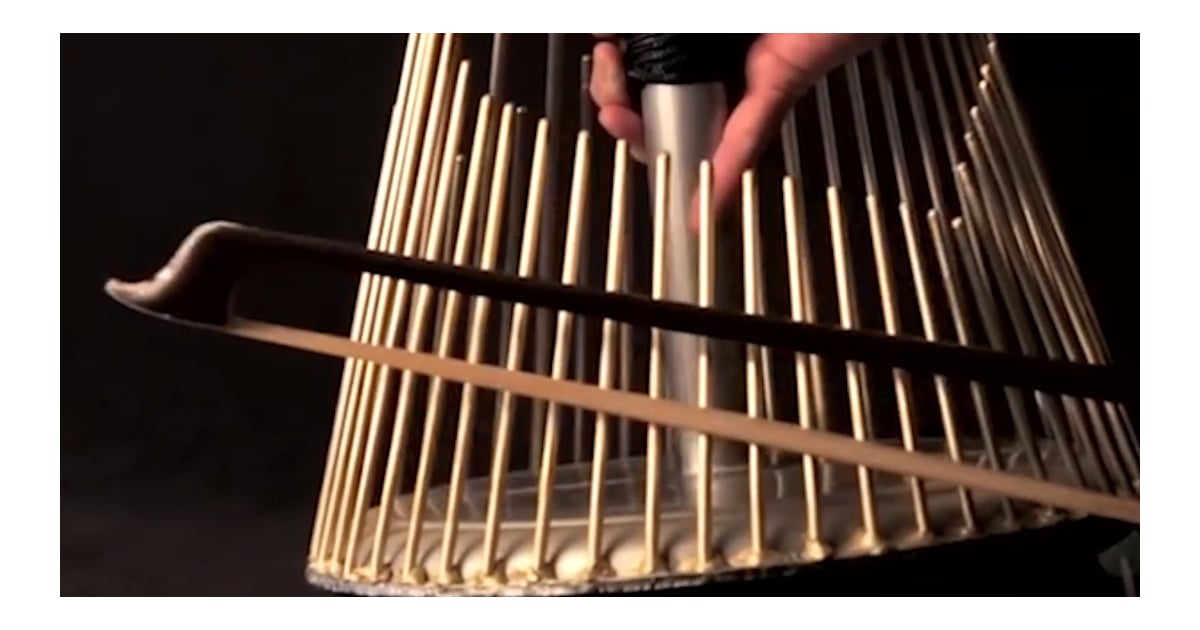

They recorded most of the grisly effects, such as the chopping of heads and breaking necks, by "mistreating" large white cabbages, which they cut with knives and cleavers and stabbed with pokers. Of the sounds on the album, Richardson worked with producer Mike Harding of the BBC Radiophonic Workshop in gathering many "classic" gruesome sound effects, many of which came from the BBC Effects Library and the Radiophonic Workshop, but most sounds were recorded by the pair especially for the album. Many sound effects were created by "mistreating large white cabbages." They deafen themselves banging tin sheets making thunder, soak themselves with water for a Chinese water torture effect and tramp up and down gravel pits for hours providing necessary creepy footsteps." So spare a thought for the men who make them. Next time you stay up to watch the late night film on the T.V., turn the sound down and you'll find that not only does the speech disappear but also those all-important sound effects. "A recording of horror sound effects? Who needs sound effects for executions and gory things like that? It's surely the visual aspect of any horror film which sends tingles down your back and makes your hair stand on end. His liner notes for the album enforced that the usage of sound effects in horror productions is crucial to create an eerie atmosphere: Over the run of the series, the makers received numerous requests for eerie and horrific sound effects for usage in stage thrillers, which led to the Death & Horror edition being commissioned by BBC staff man Ian Richardson, who decided which effects would be used on the album.
#FAMOUS HORROR MOVIE SOUND EFFECTS SERIES#
The series had begun with the first edition in 1969, and the most recent edition prior to Death & Horror was 1976's Out of this World, which contained atmospheric sound effects recorded by members of the BBC Radiophonic Workshop.


13 – Death & Horror is the thirteenth release in BBC Records & Tapes LP series Sound Effects, which brought together numerous sound effects for amateur drama and film producers to use in their productions. Two sequels to the album had also been released in 19. It was re-released as a "blood-splattered" vinyl LP by Demon Records in 2016. The album has been described as one of BBC Records' most memorable releases and writers have described its sounds as sounding authentic. While this meant the album was briefly pulled from sale, it soon returned to stock, and the controversy encouraged it to sell some 20,000 extra copies, making it the first sound effects album to chart within the Top 100 of the UK Albums Chart. Upon release, the album drew controversy regarding its violent content, especially from anti-obscenity campaigner Mary Whitehouse, who criticised what she felt was an "utter lack of responsibility" on behalf of the BBC. The original release was pressed onto a black vinyl that changed to a translucent blood red colour when held up to strong light.

Mike Harding and label staff man Ian Richardson picked numerous "classics" from the BBC Effects Library and from the BBC Radiophonic Workshop, but also created many new sound effects for the album themselves, many of which were created by "mistreating large white cabbages." The effects are arranged throughout the album into six distinct themed sections. It is the thirteenth instalment in the label's Sound Effects series and contains over 80 sound effects related to horror and death, so that producers may use them in amateur film and stage productions. 13 – Death & Horror is an album produced by Mike Harding of the BBC Radiophonic Workshop and released in 1977 by BBC Records & Tapes.


 0 kommentar(er)
0 kommentar(er)
